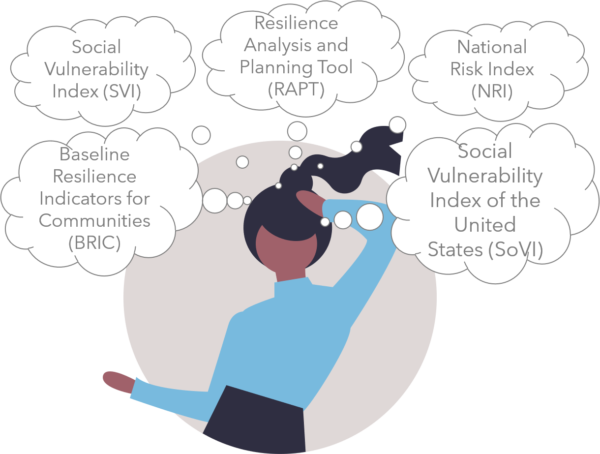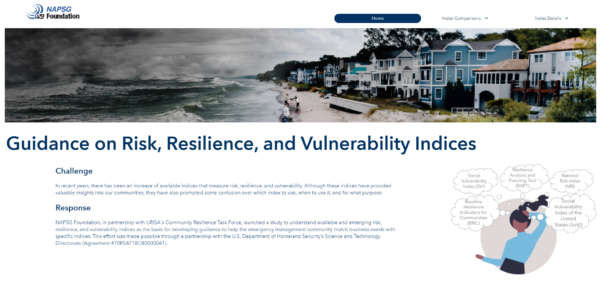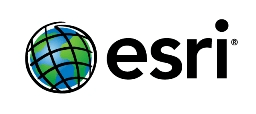
Goal: Assist the emergency management/public safety community in quickly understanding:
- which indices are available
- the data and methodologies behind them
- their relevance for use in preparedness and response
Understanding a community’s risk, resilience, and vulnerability is vital for effective disaster management and resource planning. In recent years, there has been an increase in the number of available indices that measure these factors. While these indices provide valuable insights into our communities, they also prompt some confusion over which index to use, when to use it, and for what purpose.
NAPSG Foundation, in partnership with URISA’s Community Resilience Task Force, launched a study to understand available and emerging risk, resilience, and vulnerability indices as the basis for developing guidance to help the emergency management community match business needs with specific indices.
The goal of this guidance is to assist the emergency management/public safety community in quickly understanding which indices are available, the data and methodologies behind them, and their relevance for use in preparedness and response. The guidance currently includes the following indices:
- CDC Social Vulnerability Index (SVI)
- Social Vulnerability Index for the United States (SoVI®)
- FEMA Community Resilience Index (CRI)
- Baseline Resilience Indicators for Communities (BRIC)
- National Risk Index (NRI)
Access this guidance on risk, resilience, and vulnerability indices.
This effort was made possible through a partnership with the U.S. Department of Homeland Security’s Science and Technology Directorate (Agreement #70RSAT18CB0000041).





